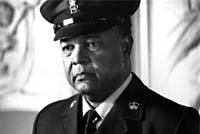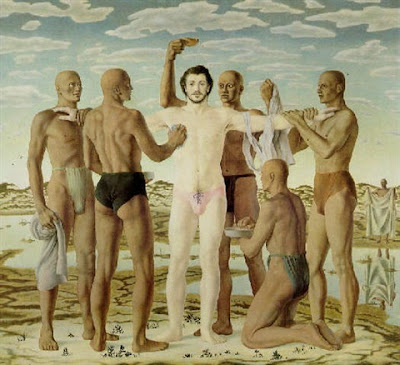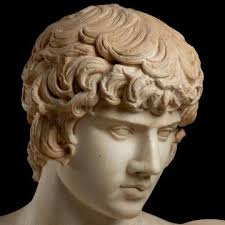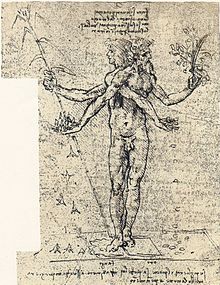Kehinde Wiley and Hermetical Friendship.
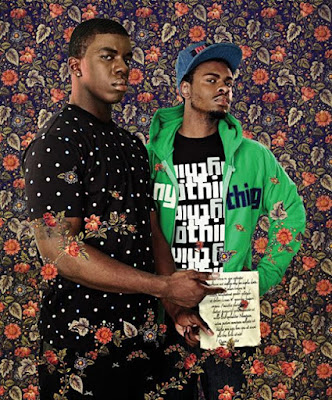
Kehinde Wiley came to the public eye in 2004. His first public exhibition was at the Brooklyn Museum. Here he exhibited a series of 18 large-scale paintings and introduced what has since become a familiar way working process. For Passing/Posing , young black males were asked to view copies of European portraits, select their favourite, then model the pose. From photographs, Kehinde Wiley then created canvasses which projected urban images into historical masterpieces. In essence, Kehinde Wiley’s art is an art of transgression, one that re-colonises space for the Black male image. This method has had its critics. The methodology has been seen as a trick, nothing more. And the paintings have been describes as stiff and lacking expressive brushwork. In recent exhibitions, however, the play between artist and model, has brought new depths to the paintings. And the imagery has become less about urban hip-hop as complex questions of identity. The trick has revealed an artist who is a s


